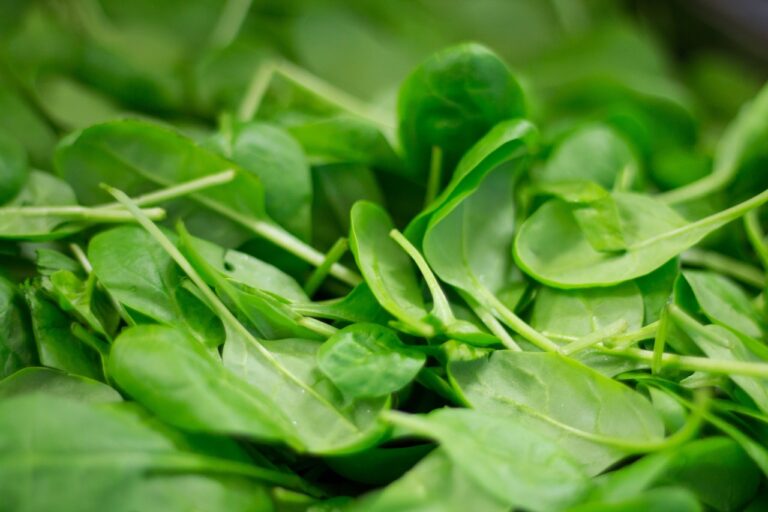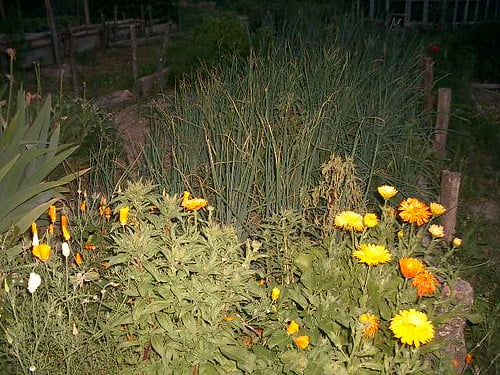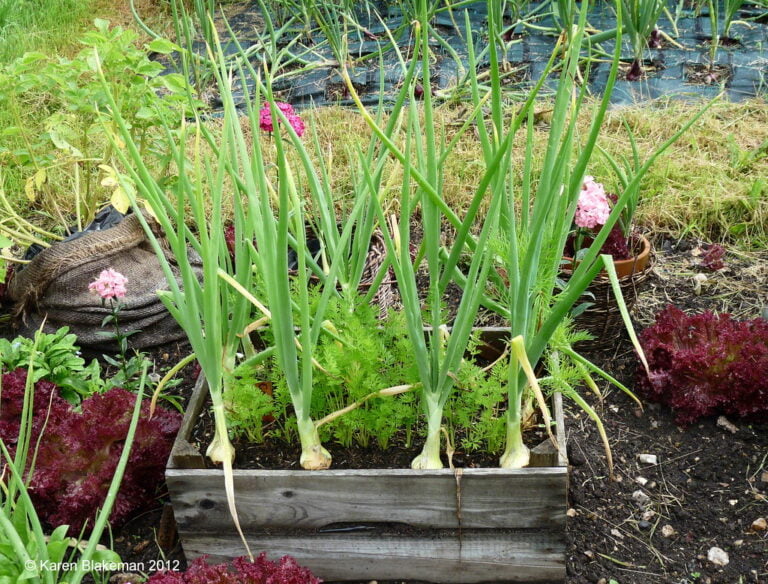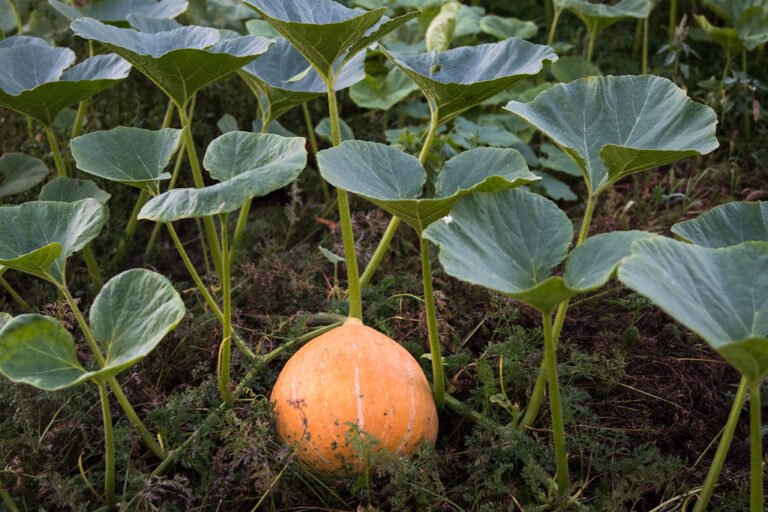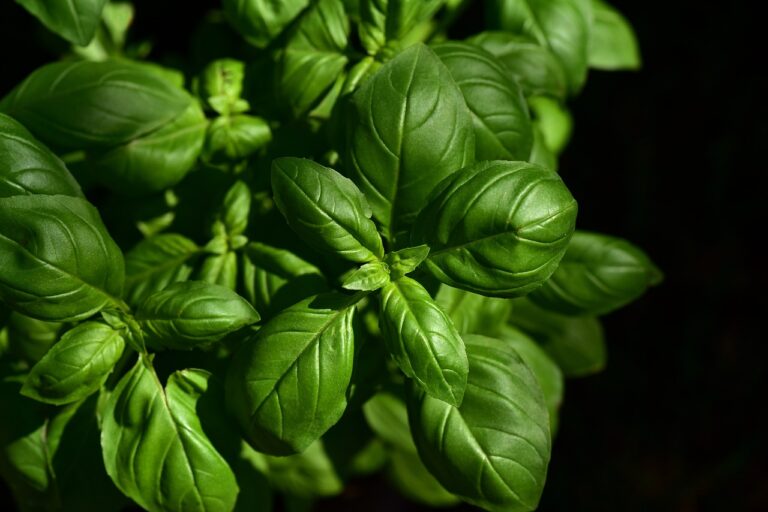Using Flowers and Ornamentals in Companion Planting for Aesthetics and Pest Control
In companion planting, flowers like marigolds and nasturtiums not only improve beauty but also repel pests such as cabbage worms and aphids. Plants like lavender and catmint add visual appeal while deterring harmful insects. Strategic selection of pest-repelling ornamentals creates a balanced garden ecosystem. Combining colorful blooms like nasturtiums with vegetables boosts aesthetics and manages pests effectively. Utilizing flowers and herbs together, such as chives and fennel, offers dual benefits for flavor and pest control. Incorporating ornamentals like echinacea and sunflowers heightens visual appeal and attracts beneficial pollinators. This blend of aesthetics and pest management fosters a thriving garden environment.
Benefits of Flowers in Companion Planting
Flowers play a crucial role in companion planting by providing numerous benefits that promote garden health and productivity. When strategically chosen, flowers act as companions to vegetables, aiding in pest control and attracting beneficial insects. Marigolds and nasturtiums are excellent examples of companion flowers that not only add color and flavor to the garden but also repel pests like cabbage worms. Their presence deters harmful insects, creating a more balanced ecosystem within the garden.
Incorporating flowers such as chives, dill, and fennel not only improves the flavors of neighboring vegetables but also attracts butterflies for pollination. This dual benefit ensures not only a more flavorful harvest but also improves overall garden productivity through increased pollination rates. Additionally, flowers like echinacea and sunflowers can serve multiple purposes in the garden. Strategically placing these flowers allows for aesthetically pleasing cut flower arrangements while also contributing to the health of the garden ecosystem.
To optimize the benefits of companion planting with flowers, it is crucial to take into account the bloom times of different flowers. By aligning flower bloom times with vegetable plants, gardeners can guarantee there is a continuous source of nectar and pollen for beneficial insects throughout the growing season. This alignment not only improves pollination but also adds to the visual appeal of the garden.
Pest-Repelling Ornamentals
Marigolds, nasturtiums, lavender, geraniums, and catmint are key players in the domain of pest-repelling ornamentals. These plants not only boost the visual appeal of the garden but also serve as natural protectors against common pests. By strategically incorporating these scented, bug-repelling, and aesthetically pleasing flowers, one can effectively implement natural pest control measures in their garden space.
Scented Pest-Deterring Plants
Utilizing scented pest-deterring plants in companion planting strategies offers a natural and effective method for repelling common garden pests like cabbage worms and aphids. When considering scented plants for pest control in your garden, it’s essential to choose varieties like marigolds and lavender, known for their pest-repelling properties. Here are some key points to keep in mind:
- Marigolds emit a strong scent that deters harmful insects, providing a natural barrier against pests.
- Lavender’s aromatic fragrance not only adds beauty to your garden but also helps in deterring pests like aphids.
- These scented plants not only improve the aesthetics of your garden but also contribute significantly to reducing pest damage on surrounding plants.
- Incorporating these pest-deterring ornamentals in your garden can create a visually appealing and functional space with added pest control benefits.
Colorful Bug-Repelling Flowers
To effectively incorporate colorful bug-repelling flowers into your companion planting strategy, consider the pest-repelling ornamentals like nasturtiums and catmint that not only enrich the visual appeal of your garden but also provide natural pest control benefits. Marigolds, with their vibrant hues, act as a natural deterrent to pests such as cabbage worms. Nasturtiums, in addition to adding a pop of color, repel aphids and beetles effectively. Lavender’s ornamental beauty attracts pollinators, contributing to garden aesthetics while suppressing weed growth. Catmint, another pest-repelling ornamental, not only draws bees and butterflies but also helps combat aphids. Incorporating these bug-repelling flowers like marigolds and nasturtiums offers a dual benefit of enhancing the garden’s beauty and managing pests efficiently.
Ornamental Natural Pest Control
When considering ornamental natural pest control in companion planting, selecting specific pest-repelling ornamentals strategically contributes notably to a garden’s ecosystem balance and health. Incorporating pest-repelling ornamentals like marigolds and nasturtiums not only enhances the aesthetics of the garden but also serves as an effective pest deterrent method. Additionally, herbs such as chives, dill, and fennel play a dual role by adding fragrance to the garden and attracting beneficial insects like butterflies, which aid in pest control. By carefully choosing these ornamentals, gardeners can create a more vibrant and pest-resistant environment that promotes the presence of helpful insects while deterring harmful pests, ultimately leading to a healthier and more balanced garden ecosystem.
- Marigolds and nasturtiums enhance aesthetics and repel pests.
- Herbs like chives, dill, and fennel attract beneficial insects for pest control.
- Careful selection of pest-repelling ornamentals promotes a vibrant garden.
- Using ornamentals strategically contributes to a healthier garden ecosystem.
Aesthetics Through Ornamental Plants
I love how decorative plants like marigolds and nasturtiums bring lively colors and visual interest to my garden. Flowers such as echinacea and sunflowers not only enrich the garden’s aesthetics but also provide stunning cut flower arrangements. By incorporating a variety of ornamentals in companion planting, I can create a visually appealing and diverse landscape that heightens the overall beauty of my garden space.
Colorful Blooms for Appeal
Enhancing the visual appeal of a garden can be achieved by incorporating colorful blooms such as marigolds and nasturtiums. These flowers not only add vibrant colors but also serve practical purposes in the garden:
- Repelling Insects: Marigolds act as companion plants, deterring pests like cabbage worms, thereby protecting the vegetable plants.
- Cut Flower Arrangements: Flowers like echinacea and sunflowers can be used to create stunning cut flower arrangements, adding beauty indoors.
- Fragrance and Butterflies: Herbs such as chives, dill, and fennel not only provide fragrance and flavor but also attract butterflies, enhancing the garden’s charm.
- Bloom Times Alignment: Checking seed packets for bloom times ensures that flowers bloom harmoniously with vegetable plants, optimizing the landscape design.
Ornamental Foliage Variety
Using a varied range of decorative foliage plants in garden landscaping offers a visually enchanting and dynamic aesthetic allure. Ornamental foliage variety plays a vital role in enhancing the overall appeal of a garden. By incorporating plants with diverse leaf shapes, colors, and textures such as hostas, ferns, and heucheras, a garden can achieve year-round visual interest. These ornamental plants not only add beauty but also contribute to pest control strategies, making them both aesthetically pleasing and practical. Even without the presence of colorful blooms, a well-balanced mix of ornamental foliage plants can create a visually striking garden display. The careful selection and placement of these plants are key factors in achieving a harmonious and alluring garden landscape.
Maximizing Pest Control With Flowers
Maximizing pest control with flowers involves strategically selecting varieties like marigolds, nasturtiums, yarrow, lavender, and catmint that effectively repel and deter common garden pests. These flowers not only add beauty to the garden but also act as natural pest control agents. Here are some ways in which these flowers can help in pest management:
- Marigolds: Known for their ability to repel pests like cabbage worms, marigolds can be a valuable addition to your garden, especially when planted near susceptible crops.
- Nasturtiums: These vibrant flowers not only brighten up the garden but also deter pests such as aphids and whiteflies, making them a great companion plant for vegetables.
- Yarrow: With its feathery foliage and clusters of small flowers, yarrow is effective in deterring pests like slugs and snails, helping to protect your plants from damage.
- Lavender: Apart from attracting pollinators, lavender also helps in suppressing weed growth, creating a healthier environment for your plants to thrive while deterring pests.
Flower and Herb Combinations
To create a harmonious and beneficial garden ecosystem, contemplate combining flowers and herbs in companion planting arrangements within your vegetable garden. Chives, dill, and fennel are excellent choices for both enhancing flavors and attracting beneficial insects like butterflies. Chives not only offer a delightful fragrance and flavor for culinary use but also produce colorful flowers that can add visual appeal to your garden. Dill and fennel, with their fern-like foliage, are particularly attractive to butterflies, making them valuable additions for both practical and aesthetic reasons.
When planning your flower and herb combinations, it’s vital to ponder the practical aspect of flavoring your vegetables while also providing pest control benefits. Herbs like chives, dill, and fennel can serve a dual purpose in this regard. By checking seed packets to verify that the bloom times of these companion plants align well with your vegetable plants, you can create a cohesive and effective garden layout.
Incorporating these flower and herb combinations not only adds beauty and diversity to your vegetable garden but also contributes to the overall health of your plants by attracting beneficial insects. By strategically pairing these plants, you can create a visually appealing and pest-resistant garden that thrives with the help of nature’s own symbiotic relationships.
Ornamentals for Visual Appeal
Ornamentals such as marigolds and nasturtiums bring vibrant color and visual interest to the garden environment. These ornamental flowers not only improve the aesthetics of flower gardens but also attract pollinators and beneficial insects. When selecting ornamentals for visual appeal in the garden, consider the following:
- Echinacea and Sunflowers: These ornamental flowers are not only visually appealing but can also be used in cut flower arrangements, adding beauty to indoor spaces as well.
- Daisies, Zinnias, and Cosmos: Ideal for attracting bees and butterflies, these ornamental flowers contribute to the overall charm of the garden while supporting pollination.
- Herbs like Chives, Dill, and Fennel: In addition to boosting flavors in culinary dishes, these herbs provide fragrance and attract beneficial insects such as ladybugs and lacewings, which help control garden pests naturally.
- Integration in Vegetable Gardens: Including ornamentals in vegetable gardens not only improves the visual appeal but also promotes biodiversity, attracting a variety of pollinators and beneficial insects that contribute to a healthier garden ecosystem.

